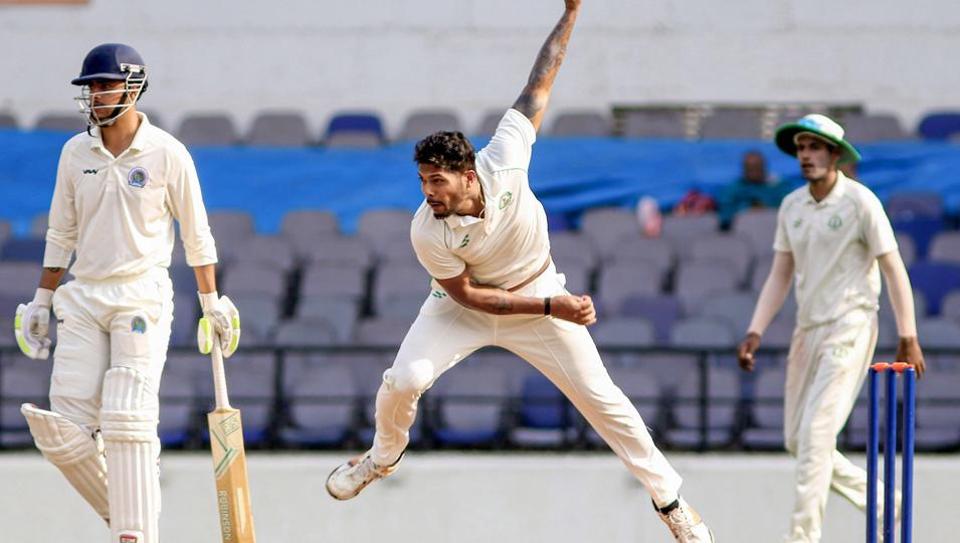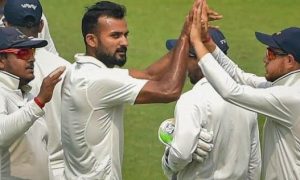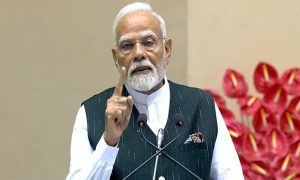The match between Tamil Nadu and Madhya Pradesh which was being played at the Holkar Stadium in Indore was on television. Ranji Matches generally do not generate much interest was suddenly in the news. Yes, a number of Indian players were in the fray, but the bigger talking point was the pitches. For instance, one of my colleagues stopped in his track when he caught a glimpse of the pitch at the Holkar Stadium. ‘Looks like a Wimbledon turf’, he smirked and walked away.
On this track, Madhya Pradesh bowled out Tamil Nadu for 149. And this was not an isolated match when the seamers were having a party. Kerala 70, Mumbai 114, Gujarat 127, Karnataka 166, Tamil Nadu 149, Uttarakhand 117. Across the eight matches which featured the Elite teams (Group A and Group B) as many as 85 wickets fell on Day 1.
There could be two things at play here – the pitches are green, they have spice, and teams want to go for outright wins. The seamers, and many of the bowlers in the Indian domestic circuit are not quick bowlers, but bowlers who use their skills to derive maximum out of the surface.
This is due to the format and the rules which have been tweaked. It now gives massive importance to outright wins, and hence, teams, especially in home conditions are chasing it.
What is the new format:
38 teams are divided into four groups. The Elite Group, which consists Group A and B, from which the top five on a combined table make it to the quarterfinals is the most competitive.
From Group C and Plate group, two and one make the cut. Hence, the pitches are back in focus whenever teams in the Elite Group lock horns and while, this will surely test the technique of the batsmen, it will make for a fascinating watch.




























 WhatsApp us
WhatsApp us